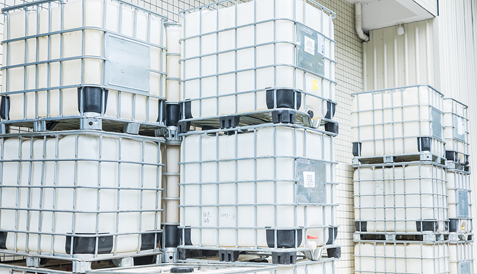
Distribution of Global Direct Sales Outlets
LOCKHESSEN’s products can be safely used worldwide, and meet different customers’ demands under various environmental conditions. We will continuously expand our international direct sales network and will be constantly devoted to providing global users with the best products, services and the most favorable price.
Becoming the international direct sales customer (direct distributor)
LOCKHESSON
For more information,please contact us:4008 602 505
services
The quality of exported lubricating oil with the whole packaging will be closely monitored and strictly controlled after the product is delivered out of the blending plant.
During production, packaging and transportation, care must be taken to ensure that the product is not contaminated and that it fully meets or exceeds the required standards. After the lubricating oil is delivered out of the blending plant and its continuous suitability may depend on the control of subsequent handling or storage procedure.
LOCKHESSEN specifies the code of conduct to ensure that the LOCKHESSEN’s lubricating oil can be effectively used under the intact and clean conditions
Location of lubricating oil warehouse
We require all circulation links to be provided with the suitable storage conditions. Lubricating oil shall be stored under a suitably constant and medium temperature coverage. Conditions and requirements for storage location:
- Good transportation channel and site
- Sufficient loading & unloading space
- An appropriate unloading platform shall be provided, and personnel can directly enter the warehouse.
- The products can be easily distributed to main using areas.
- Simple inventory control and quick inspection of container conditions.
- Space of handling empty bucket and recoverable container.
- The products shall be kept away from other flammables and combustibles storage areas.
Outdoor storage:
The extreme temperature and water inlet shall be prevented. Most lubricants are not be affected by the weather conditions, and can be stored outdoors for a limited period. When the temperature is lower than 0°C, the lubricant affected by the freezing shall be protected (e.g., oil/water emulsion or water extensible liquid).
The following products shall not be stored outdoors:
- Electric insulating oil
- Refrigerant oil
- Medicated oil
- Lubricating grease
The pure cutting oil contains fatty oil or other compounds that should be protected against solidification and separation under very cold conditions.
When the lubricant is placed outdoors, the risk of contamination will increase dramatically. When a drum is only partially full, there is a greater likelihood of condensation or water ingress. The open oil drum is subjected to temperature changes and corresponding internal pressure changes. This may result in "exhaling and suction". If the seal ring on the lid is damaged or not tightly sealed, the moisture will be easily sucked in - especially if the drum is vertical, because a rain trap (water accumulation) will be formed at the top of the drum.
The water on the top of the drum may also cause rust and the disappearance of product model markings. Therefore, the drum shall be in tilted storage. When the drum is tilted or level, the lid shall be at the position of 3 o'clock and 9 o'clock to ensure that the gasket stays in contact with the oil in the drum. In this case, the drum should be placed on a pallet or shelf on the ground, away from surface water, and should be regularly inspected for signs of corrosion, vague identification marks, and weakened joints or seals.
Special attention should also be paid to the storage of packets. These designs cannot withstand inclement weather. If outdoor storage is unavoidable, they should be placed on a tray or protected from rain by waterproof cloth while the free air circulation is ensured.
For more information, please contact us:


